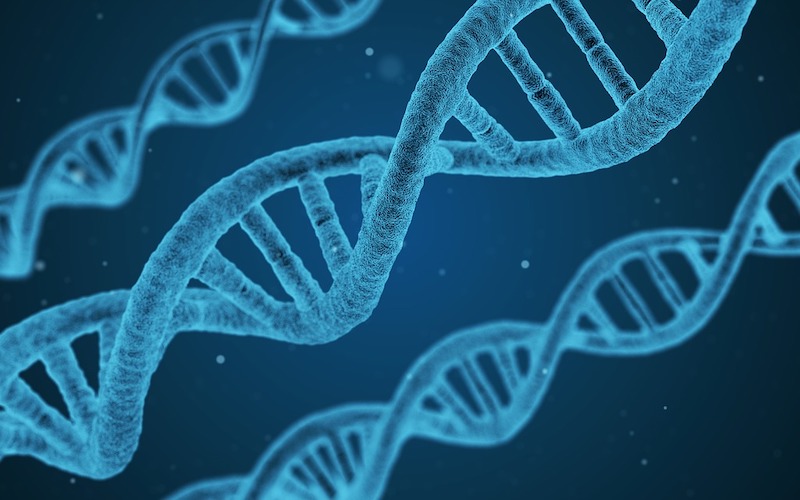SpiritFarmVa
Well-known member
This topic has surfaced in several other threads and deserves its own.
This video from Lou Monti discusses human selection of propagation material for continual phenotypic improvement.
It makes you think about the synonyms in figs, ones that are close but seem to be just enough different that you think it is a different variety.
Or is it just over time it was selected to be better and better, but ultimately they are genetically the same. Is it likely that many very similar figs are genetically different? Certainly , most likely there are.
We have experienced trees that one of the same variety out performs all others, even though the original plant was the same. As it was multiplied one started to really stand out.
So if we now only multiply from this better phenotype and when a piece of it stands out, select again. Make that the mother, on and on and on, could you shift the cultivar over time to be more what we want? Could you shift a tree far enough some would say it’s a different cultivar?
Would phenotypic selection be a better way than breeding to more rapidly get improved plants? Especially if you combine it with grafting io to rootstocks that improved some part of performance.
There are many things this topic brings to mind. Including should mother plants be continuously replaced as you make selection improvements.
Also how many “sports” are really “sports” or just phenotypic improvement in the branch. Unless it is radically and obviously different ie fruit color changes, or variegation.
It will be interesting to see what others have considered in regards to this subject.
This video from Lou Monti discusses human selection of propagation material for continual phenotypic improvement.
It makes you think about the synonyms in figs, ones that are close but seem to be just enough different that you think it is a different variety.
Or is it just over time it was selected to be better and better, but ultimately they are genetically the same. Is it likely that many very similar figs are genetically different? Certainly , most likely there are.
We have experienced trees that one of the same variety out performs all others, even though the original plant was the same. As it was multiplied one started to really stand out.
So if we now only multiply from this better phenotype and when a piece of it stands out, select again. Make that the mother, on and on and on, could you shift the cultivar over time to be more what we want? Could you shift a tree far enough some would say it’s a different cultivar?
Would phenotypic selection be a better way than breeding to more rapidly get improved plants? Especially if you combine it with grafting io to rootstocks that improved some part of performance.
There are many things this topic brings to mind. Including should mother plants be continuously replaced as you make selection improvements.
Also how many “sports” are really “sports” or just phenotypic improvement in the branch. Unless it is radically and obviously different ie fruit color changes, or variegation.
It will be interesting to see what others have considered in regards to this subject.


